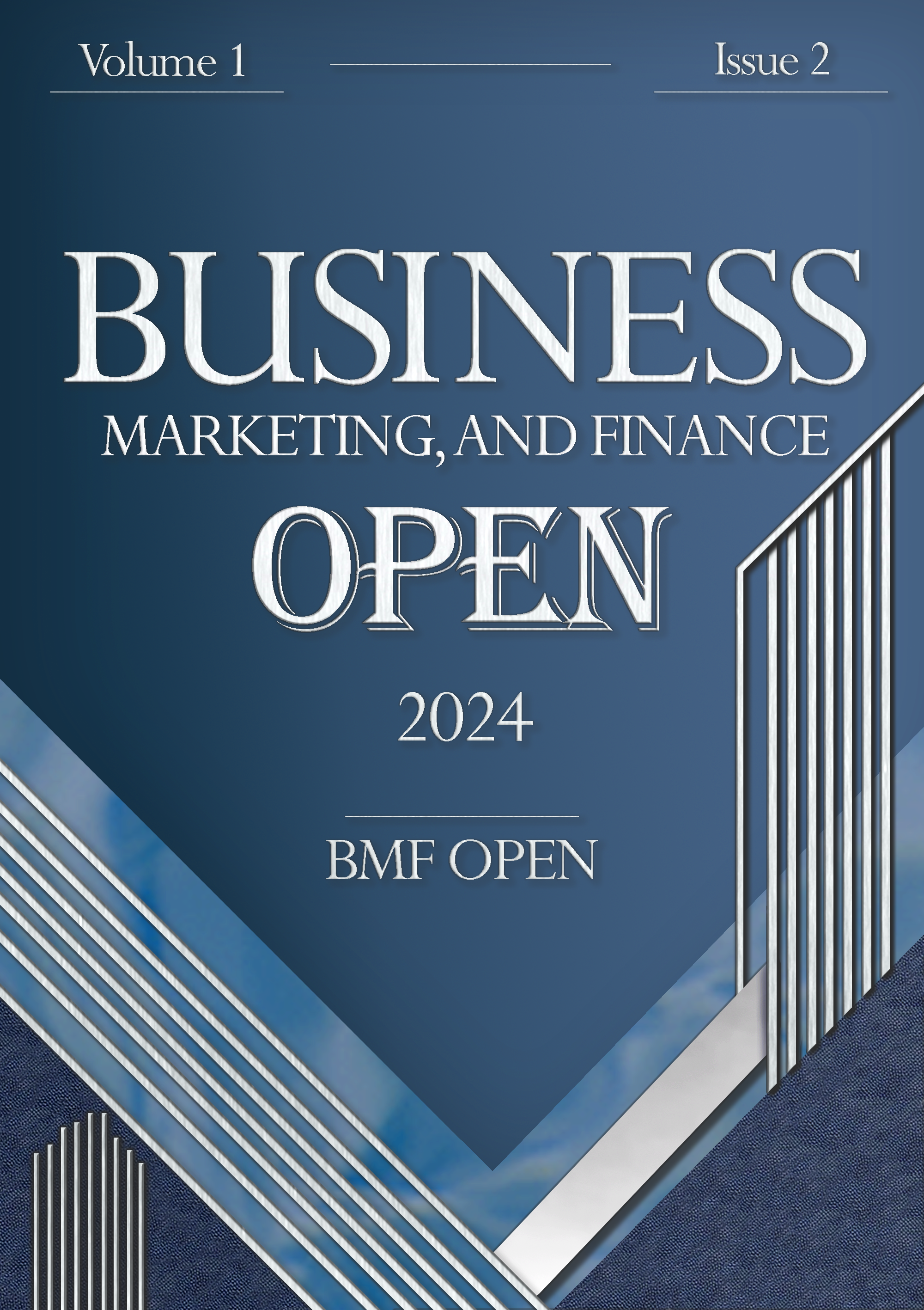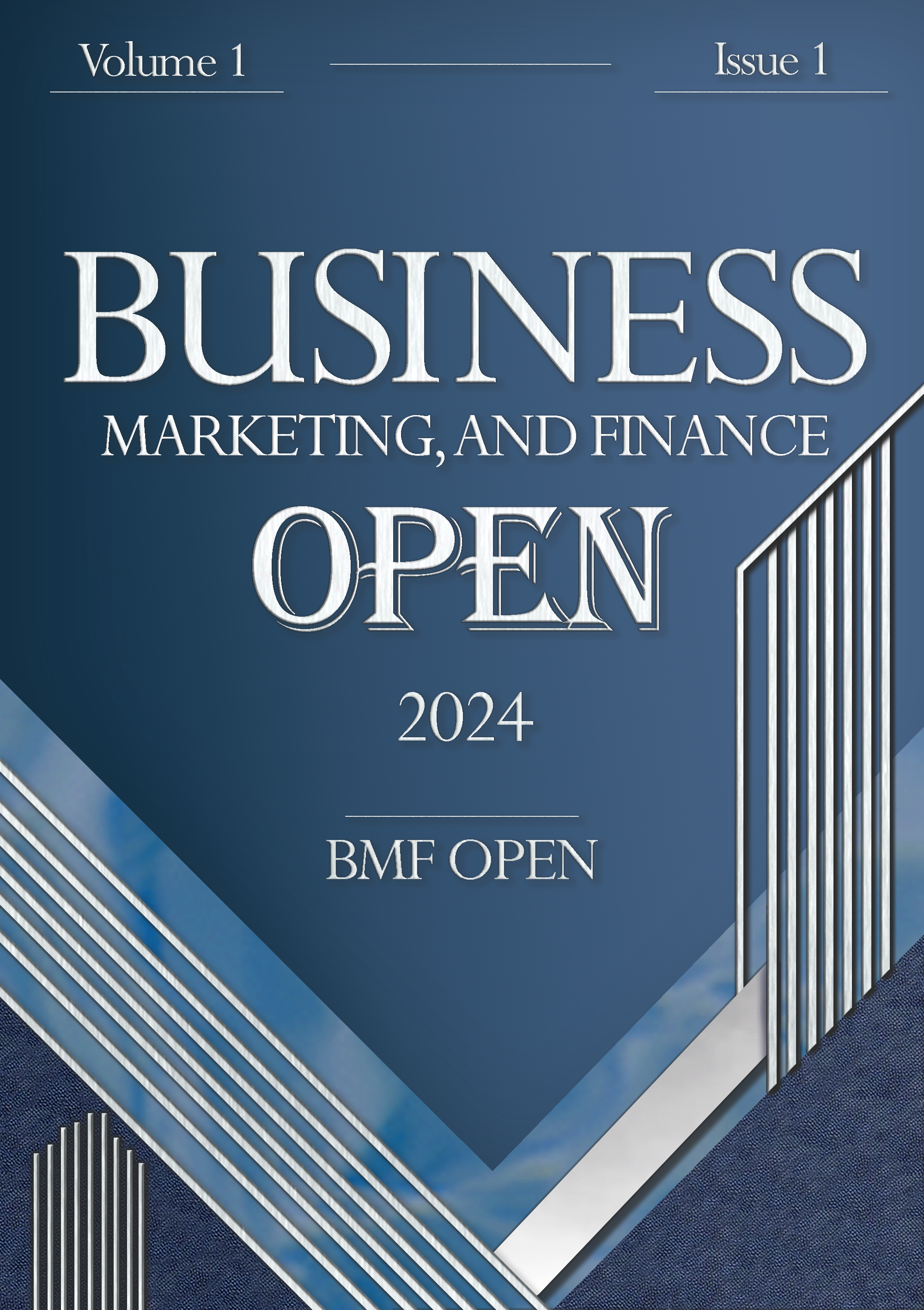Designing the Optimal Model for Audit Oversight in the Country
Keywords:
Audit, Independent Audit, Audit OversightAbstract
The aim of this study is to present an optimal model for audit oversight in Iran based on the grounded theory approach. The statistical population consists of audit professors and specialized audit experts who had knowledge and familiarity with the research topic. The sample size was determined as 17 participants, based on the minimum number required to establish content validity. The research method is of a meta-synthesis type. In the qualitative section, the grounded theory method was employed, while in the quantitative section, a questionnaire was used. Data analysis was conducted using content analysis through a three-stage coding process. In this regard, the main categories were formed around the central (core) phenomenon of the study, and after validation, the relationship between the categories and the discovered themes was analyzed quantitatively. This process resulted in the development of an optimal audit oversight model comprising six dimensions: central category, causal factors, intervening factors, contextual factors, strategies, and outcomes. The research findings propose a model in which the central category emphasizes the necessity of an independent oversight body aligned with the country's cultural conditions while being compatible with the indicators of the International Forum of Independent Audit Regulators.







